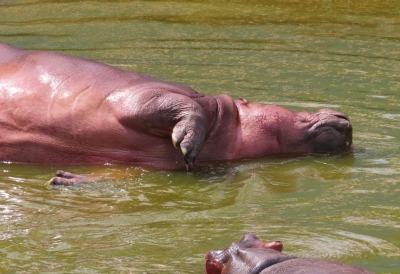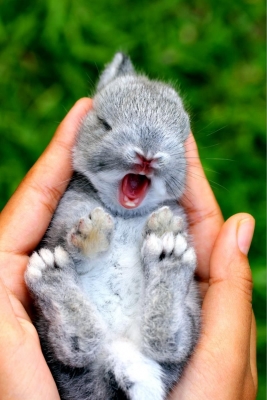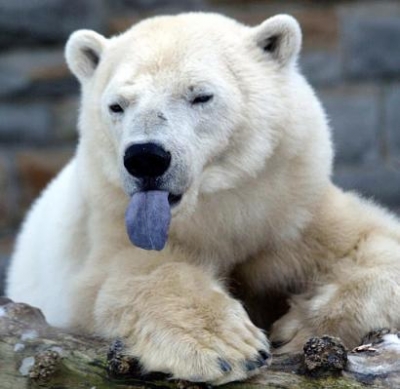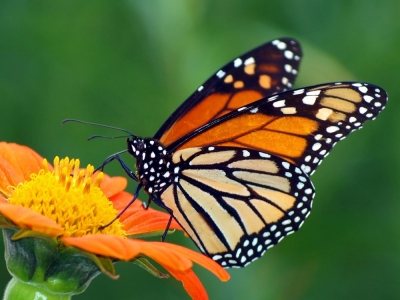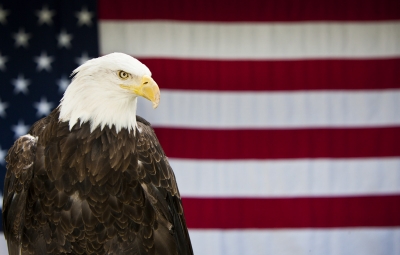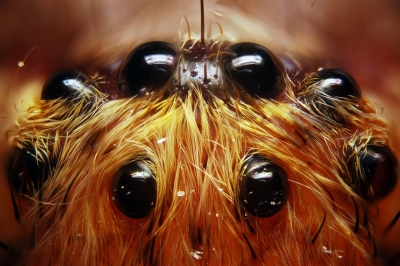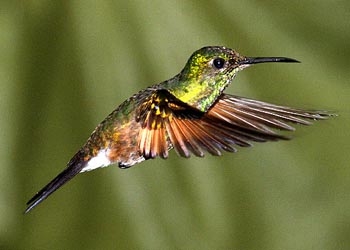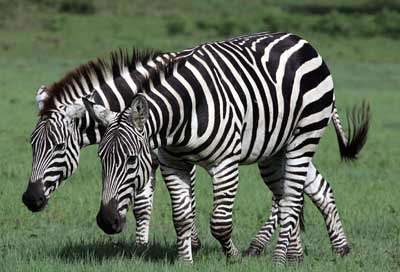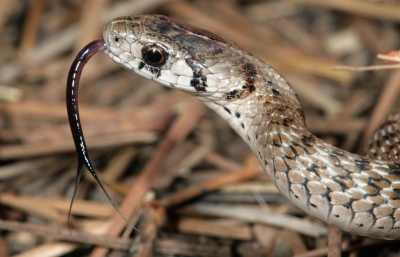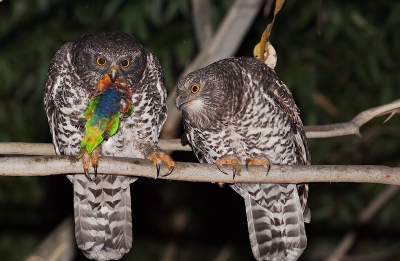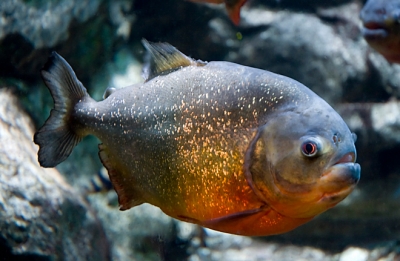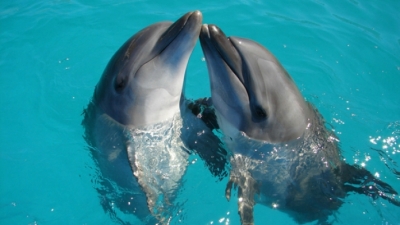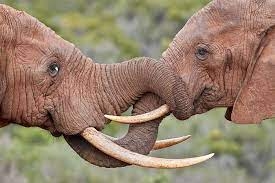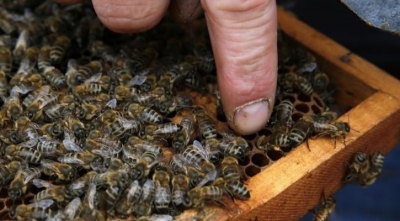Why do male seahorses give birth to the babies?
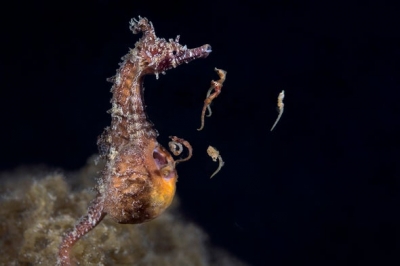
Seahorses can change color, move their eyes independently of one another, and even have prehensile tails (like monkeys). The fact that male seahorses also get pregnant and give birth is sure to leave you in total awe of these fascinating fish!
While we celebrate all the scuba diving, freediving, and ocean-loving dads out there, we also want to give a big shout out to the most unique dads that call the underwater world home. In the entire animal kingdom, male seahorses (and their close relatives) are the only male animals that undergo pregnancy and give birth to offspring.
Although male seahorses carry the eggs, they don’t make them. After the male and female seahorses spend time courting, the female deposits her eggs inside the male’s pouch. The male then fertilizes the eggs inside the pouch. Instead of growing their babies inside a uterus like human moms do, seahorse dads carry their babies in a pouch. Their pouch provides oxygen and nutrients, as well as regulates temperature, blood flow, and salinity for the developing eggs.
Depending on the species, male seahorses typically carry their eggs for 2 -4 weeks. Then, they give birth to 100 – 1,000 babies at a time. That’s a lot of adorable, teeny tiny seahorses! Like human moms, seahorse dads give birth through energetically costly muscular contractions.
Credit : PADI
Picture Credit : Google
